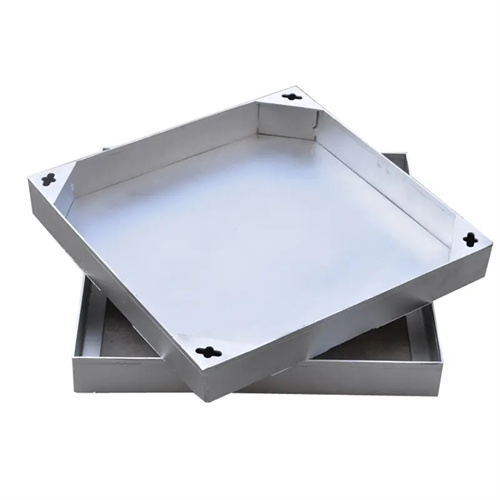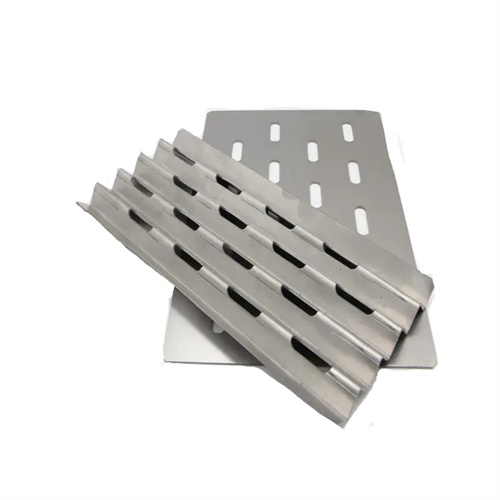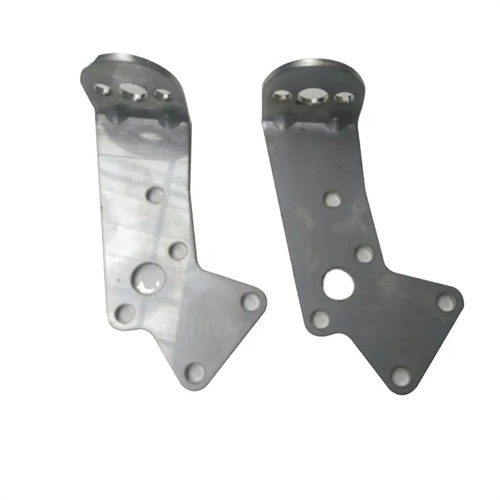Extruded aluminum bronze rod
Extruded aluminum bronze rod is a copper-based bronze bar containing 8%-12% aluminum. Produced through a hot extrusion process, it boasts exceptional strength, corrosion resistance, and wear resistance, making it widely used in heavy machinery, mining equipment, petrochemicals, marine engineering, and other fields. Its diameter typically ranges from 20-300 mm and its length from 3 to 8 meters. Common grades include QAl9-4 (8.0%-10.0% aluminum, 2.0%-4.0% iron) and QAl10-3-1.5 (9.0%-11.0% aluminum, 2.0%-4.0% iron, and 1.0%-2.0% nickel). The addition of iron and nickel further enhances the material’s strength and wear resistance.

The production process for extruded aluminum bronze rods involves a complex series of steps, including alloy smelting, ingot casting, homogenization, extrusion, heat treatment, and finishing. First, electrolytic copper (purity ≥99.9%), aluminum ingots (purity ≥99.5%), iron filings, and nickel plates are melted in an induction furnace at a temperature of 1200-1250°C. Aluminum is added in batches to minimize burn-off. Inert gas agitation is used to remove gases and inclusions, ensuring a uniform alloy composition. The aluminum content tolerance is ≤±0.2%, and the iron and nickel tolerances are ≤±0.1%. Ingots are cast using horizontal continuous or semi-continuous casting, resulting in round ingots with a diameter of 200-400 mm. Cooling rates are controlled at 50-80°C/minute to avoid shrinkage cavities and cracks. The ingots are then surface-polished to remove defects. Homogenization is performed in a high-temperature furnace at 850-900°C for 8-10 hours to evenly distribute intermetallic compounds and eliminate casting stresses. During the extrusion process, the ingot is heated to 800-850°C and extruded into rods using a large extruder (tonnage ≥ 2000 tons). The extrusion ratio is 8-15 and the extrusion speed is 2-5 m/min. The die is made of high-strength, heat-resistant steel to ensure accurate rod dimensions , with a diameter tolerance of ≤± 0.5 mm. Heat treatment utilizes a solution treatment followed by aging or annealing process. QAl9-4 is typically annealed at 700-750°C for 3-4 hours to soften the structure for easier processing. For applications requiring higher strength, a solution treatment at 900°C followed by aging at 450°C is used to enhance strength. Finally, straightening (straightness ≤ 2 mm/m), non-destructive testing (ultrasonic testing), and machining are performed to ensure the rods are free of internal defects and have a surface roughness of Ra ≤ 6.3 μm.

The performance advantages of extruded aluminum bronze rods make them irreplaceable in extreme working conditions. First, they have ultra-high mechanical properties. The tensile strength of QAl10-3-1.5 aluminum bronze rods is ≥650MPa, the yield strength is ≥350MPa, and the elongation after fracture is ≥15%. They can withstand huge impact forces and torques in heavy-load equipment. Second, they have excellent wear resistance. The Brinell hardness is ≥180HB and the friction coefficient is ≤0.25. Under dry friction or poor lubrication conditions, the wear rate is more than 50% lower than that of steel, making it suitable for the production of wear-resistant parts such as bearings and gears. Third, they have excellent corrosion resistance. In environments such as seawater, acidic soil, and industrial waste gas, the corrosion rate is ≤0.005mm/year. The erosion corrosion resistance is 2-3 times that of stainless steel. In marine engineering, the service life can reach 30 More than one year; fourthly, it has good high-temperature performance. In an environment below 300℃, the strength retention rate is ≥90%, which can adapt to the high-temperature working environment of mining and metallurgical equipment; fifthly, it has good casting and welding performance. It can be connected by arc welding and brazing. The weld strength is ≥80% of the parent material strength, which meets the assembly requirements of large structures.

Extruded aluminum bronze rods are a core material for heavy equipment. In mining equipment, crusher liners and jaw plates utilize QAl9-4 aluminum bronze rods with a diameter of 100-200 mm to withstand the impact and abrasion of ore. In the petrochemical industry, drilling platform pipe joints and valve stems utilize QAl10-3-1.5 aluminum bronze rods with a diameter of 50-150 mm to withstand the high-temperature, high-pressure, and corrosive environments found underground. In marine engineering, submarine cable armor and impeller shafts for seawater lift pumps utilize large-diameter (200-300 mm) aluminum bronze rods to resist seawater corrosion and marine biofouling. In heavy machinery, universal joints for rolling mills and slides for presses utilize aluminum bronze rods with a diameter of 80-250 mm to withstand heavy loads and impact. In shipbuilding, propeller shafts and rudder shafts for large vessels utilize aluminum bronze rods with a diameter of 150-300 mm to ensure long-term, stable operation in seawater environments.

Industry trends indicate that extruded aluminum-bronze rods are moving toward ultra-high strength, large-scale production, and functionalization. Ultra-high-strength aluminum-bronze rods (such as QAl11-6-6) achieve tensile strength exceeding 750 MPa through optimized aluminum, iron, and nickel content, making them suitable for ultra-heavy equipment. Advances in large-scale extrusion technology enable the production of ultra-large rods with diameters exceeding 300 mm, meeting the needs of large-scale ships and marine engineering projects. Functionalized composite rods (such as aluminum-bronze-steel composite rods) combine the corrosion resistance of aluminum-bronze with the high strength of steel, reducing material costs by over 20%. Furthermore, the promotion of intelligent manufacturing technology, using computer simulation of the extrusion process to optimize process parameters and improve product performance stability, is driving the adoption of green production processes, utilizing scrap copper recycling and clean energy, to reduce carbon emissions by over 30%. In the future, with the deepening development of high-end equipment manufacturing and marine development, demand for high-performance extruded aluminum-bronze rods will continue to grow, driving the industry to achieve greater breakthroughs in material innovation and process upgrades.
